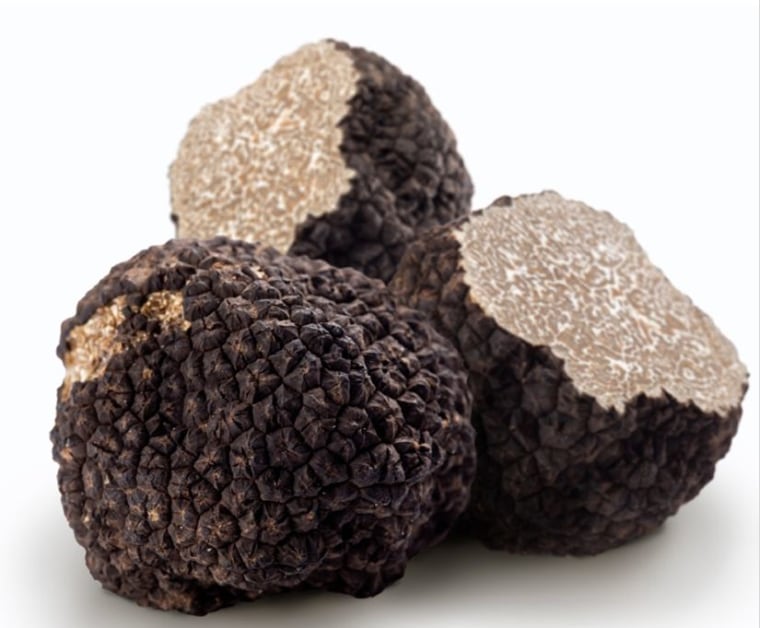The black truffle is a rare and treasured delicacy and now scientists have learned the fungus even reproduces in manner highly unusual for its kind: sexually.
The finding could help scientists come one step closer to learning how to cultivate the oak tree root-loving species.
The discovery came from a careful study and mapping of different strains of the fungi — Tuber melanosporum.
"Firstly, it has to be said that until recently the prevailing view was that these organisms were self-fertile," explained Francesco Paolocci of the National Research Council's Plant Genetics Institute in Perugia, Italy.
What that means is it was thought to be able to fertilize itself to produce viable spores. So the presence of strains of different mating types underneath natural and artificial truffle plantations were just ignored, he said.
"Further, the difficulties of unveiling (the) truffle mating system was due to the impossibility to mate these fungi under controlled conditions," said Paolocci, who is a co-author of a paper reporting the discovery in the Oct. 22 issue of the journal New Phytologist.
It has been very difficult to zero in on the genes that control sexual reproduction in the fungus, he said.
It turns out that despite carrying both male and female parts on the same individual fungus organism, they cross their genes with other individuals in the same way we do when we reproduce sexually, a strategy that's called self-sterile, or heterothallic. It's this strategy that was so long overlooked and could only be uncovered by examining the genetic differences among fungi in plantations.
"In recent years we have learned a lot about truffles," said Paola Bonfante of the University of Turin, in Italy. "For example we know how we can identify them by using molecular genotyping, we know how truffles interact with their hosts," oak trees, by activating specific genes, she said. "But the events leading to the production of the highly prized fruitbodies, what we call a truffle, are largely unknown. (This) represents a big step forward."
"We have proven that Tuber melanospoprum is heterothallic," said Paolocci. "It is conceivable that other truffle species are self-sterile too." In fact, the team has already proven that the prestigious white truffle (Tuber magnatum) can reproduce sexually across individuals, but they haven't figured out whether it is the only way it reproduces.
The work of Paolocci, along with co-authors Andrea Rubini and F. Martin and others is already pointing to changes in how truffles can be reared.
"Artificial truffle grounds have been set worldwide using nursery truffle-inoculated host plants," said Paolocci. The new discovery suggests that it might be a good idea to inoculate plants with fungal strains of different mating types.
"These should be equally present and possibly spaced to favor mating." The end result should be more truffle "fruit," the prized, edible part of the organism.
